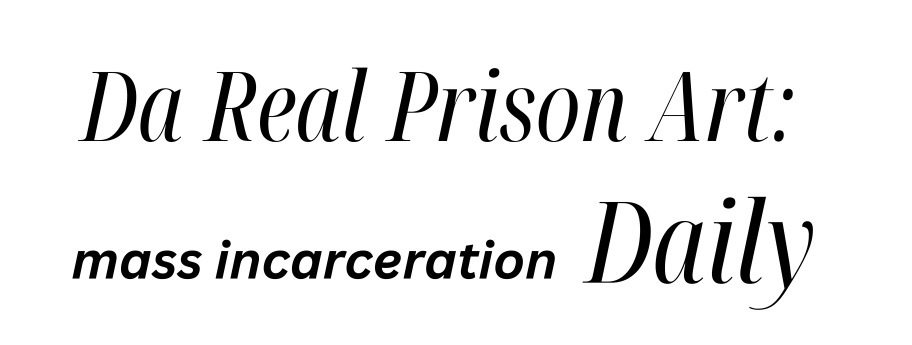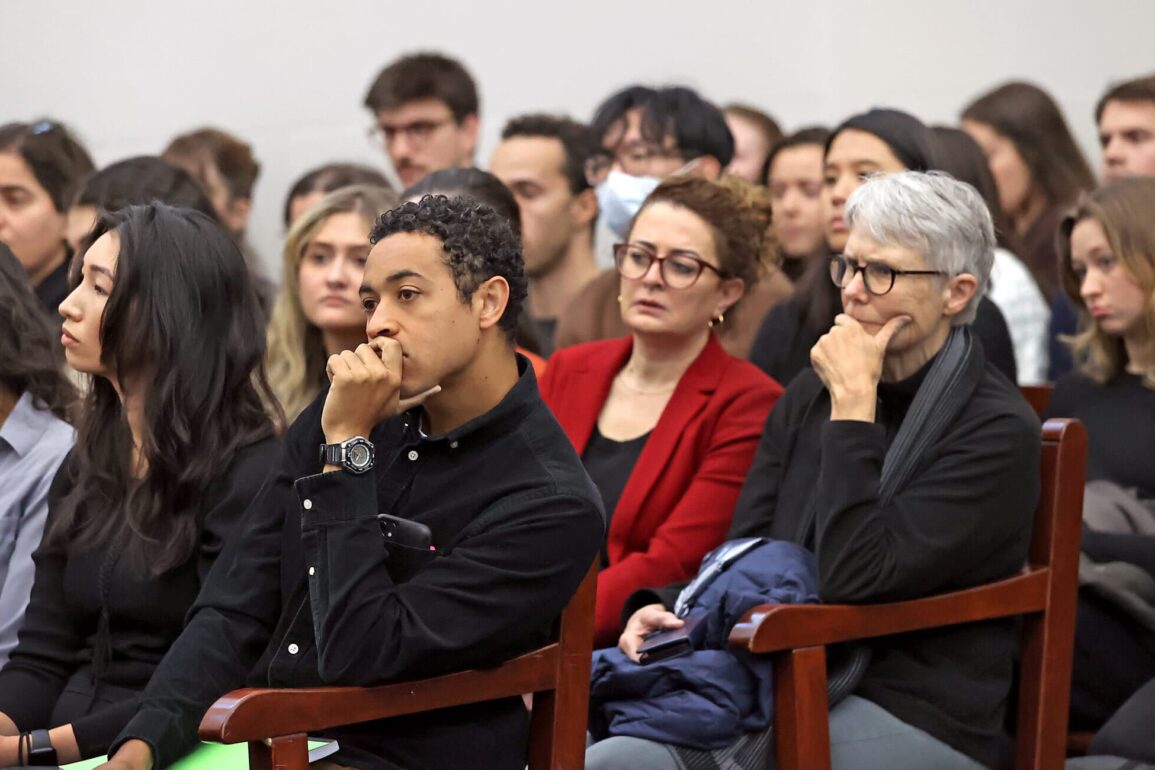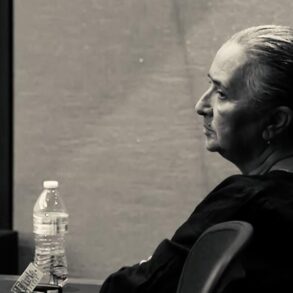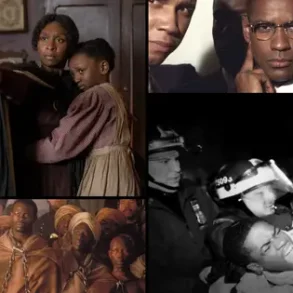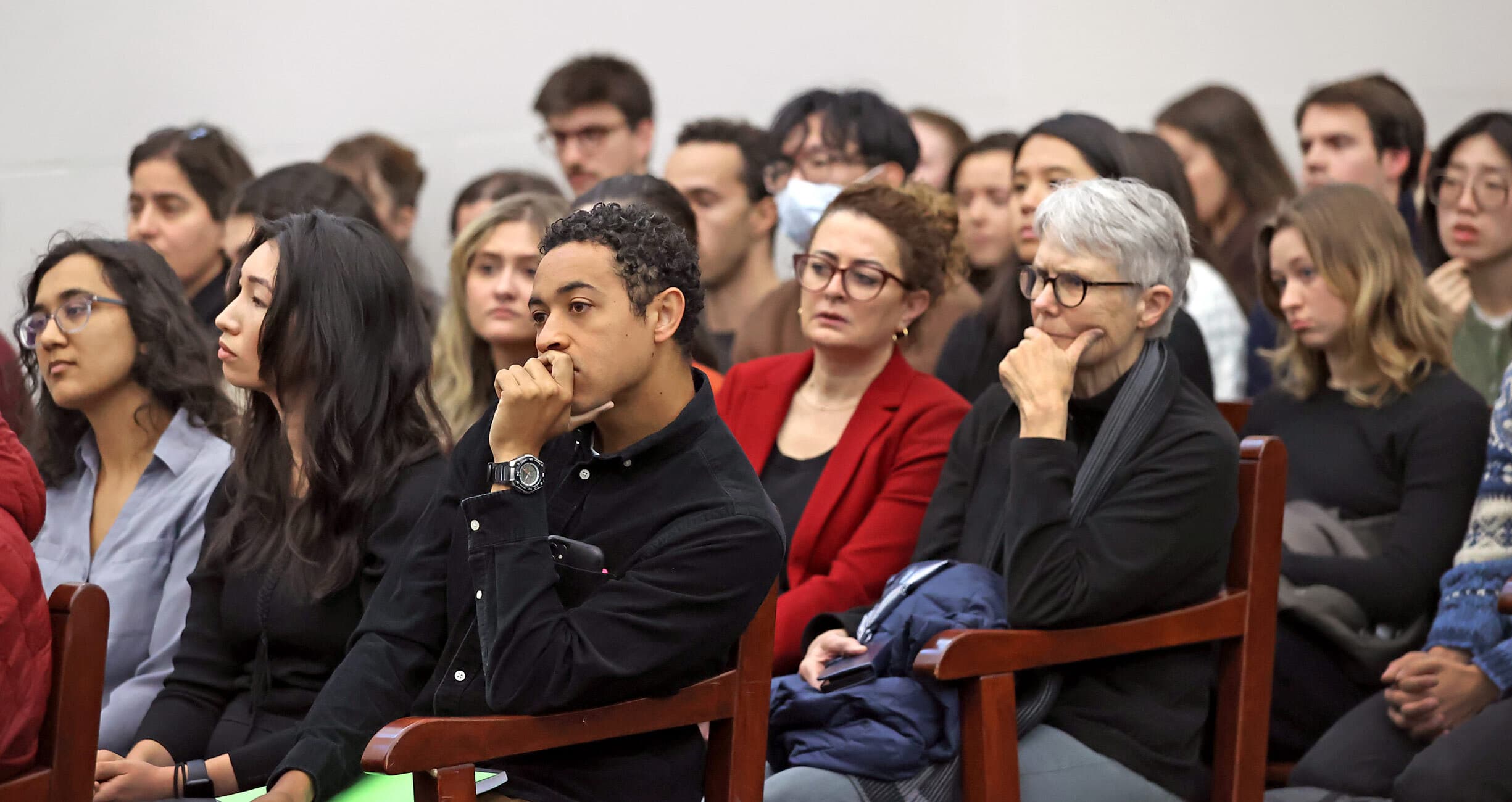
In a single day, a judge may preside over dozens of cases, many lasting only a matter of minutes. Decisions made in that time about pretrial detention, bail, and sentencing have massive implications, but courtroom proceedings are a “black box”—shrouded in mystery to much of the public.
Court watchers help change that. Filling courtroom seats, they observe proceedings, making an oft-obscure process less so. In the current political climate, in which due process guarantees are crumbling and a mass deportation agenda unfolds with little accountability, court watching is one way that all of us can have a tangible impact on the United States criminal justice system.
What is court watching?
Court watchers show up in court and document what they see. Many are trained volunteers; they capture their observations on notepads, spotlighting inequities and injustices they witness to hold power accountable. The information they collect may be used to expose problematic practices or drive reform efforts.
Qiana Johnson founded Courtwatch PG following her own incarceration. She was driven to start the program after recalling how powerless she had felt to challenge or report the injustices she experienced. The organization, which observes bail hearings in Maryland’s Prince George’s County District Court, has sent hundreds
of accountability letters
to criminal legal system actors and has helped change court-related policies and practices.
People also court watch as part of formal research and systematic data collection, typically drawing data from a larger sample of cases to record courtroom practices. For example, researchers at Vera used court watching to examine the implementation of bail reform in New York. Similarly, researchers documented prosecutors’ and judges’ courtroom actions to determine whether they were following new protocols post-bail reform in New Jersey.
What impact can court watching have?
Jocelyn Simonson, author of Radical Acts of Justice: How Ordinary People Are Dismantling Mass Incarceration, wrote in the Nation that by simply being present in the courtroom as a collective, court watchers “push back against the established power dynamics.” They aim to hold courtroom actors accountable, bringing a measure of transparency to a system that is often opaque.
Court watchers can, and do, change behaviors both in the courtroom and outside of it. Since 2018, Philadelphia Bail Watch, a joint effort of the Philadelphia Bail Fund and Pennsylvanians for Modern Courts, has documented bail hearings at the Philadelphia Criminal Justice Center, the city’s criminal courthouse. They do this off and on throughout the year, but once a year, usually in December, they court watch for 24 hours straight. Judges take notice of their matching black T-shirts with “Philadelphia Bail Fund” written in orange letters and occasionally ask the court watchers who they are.
The court watchers’ constant presence isn’t the only thing that’s different about this day. Data shows that magistrates do, in fact, alter their behavior in response to the court watchers. Philadelphia Bail Watch found that magistrates set bail less frequently on this day than on other days of the year—meaning people were not forced to remain in jail simply because they could not pay for their freedom.
In Cook County, Illinois, court watching efforts have helped inform voting decisions in elections for local judges. The Illinois Alliance for Reentry and Justice and Injustice Watch have created election guides for voters, based in part on hours spent observing the judges on the bench.
How can you court watch?
Anyone and everyone can court watch.
Court watching programs already exist across the country. Today, cities including Baltimore, Los Angeles, New Orleans, and New York
have court watching programs and offer virtual trainings, and many resources are available online. If there isn’t a court watching program near you, you can observe virtual proceedings or even start your own program.
The U.S. criminal legal system is vast and unforgiving. Court watching is one way anyone—anywhere—can push for transparency and accountability.
This post was originally published on this site be sure to check out more of their content.
